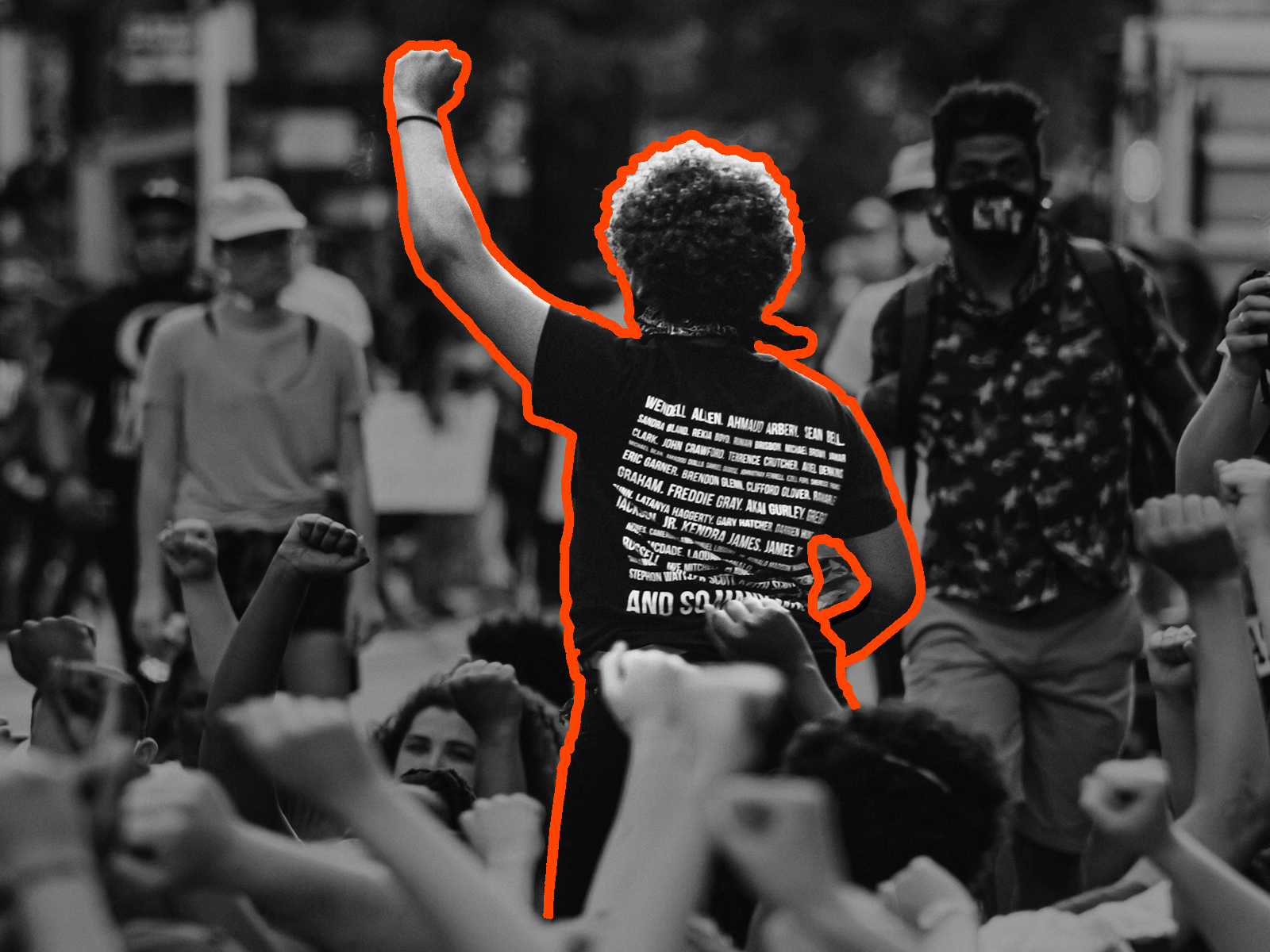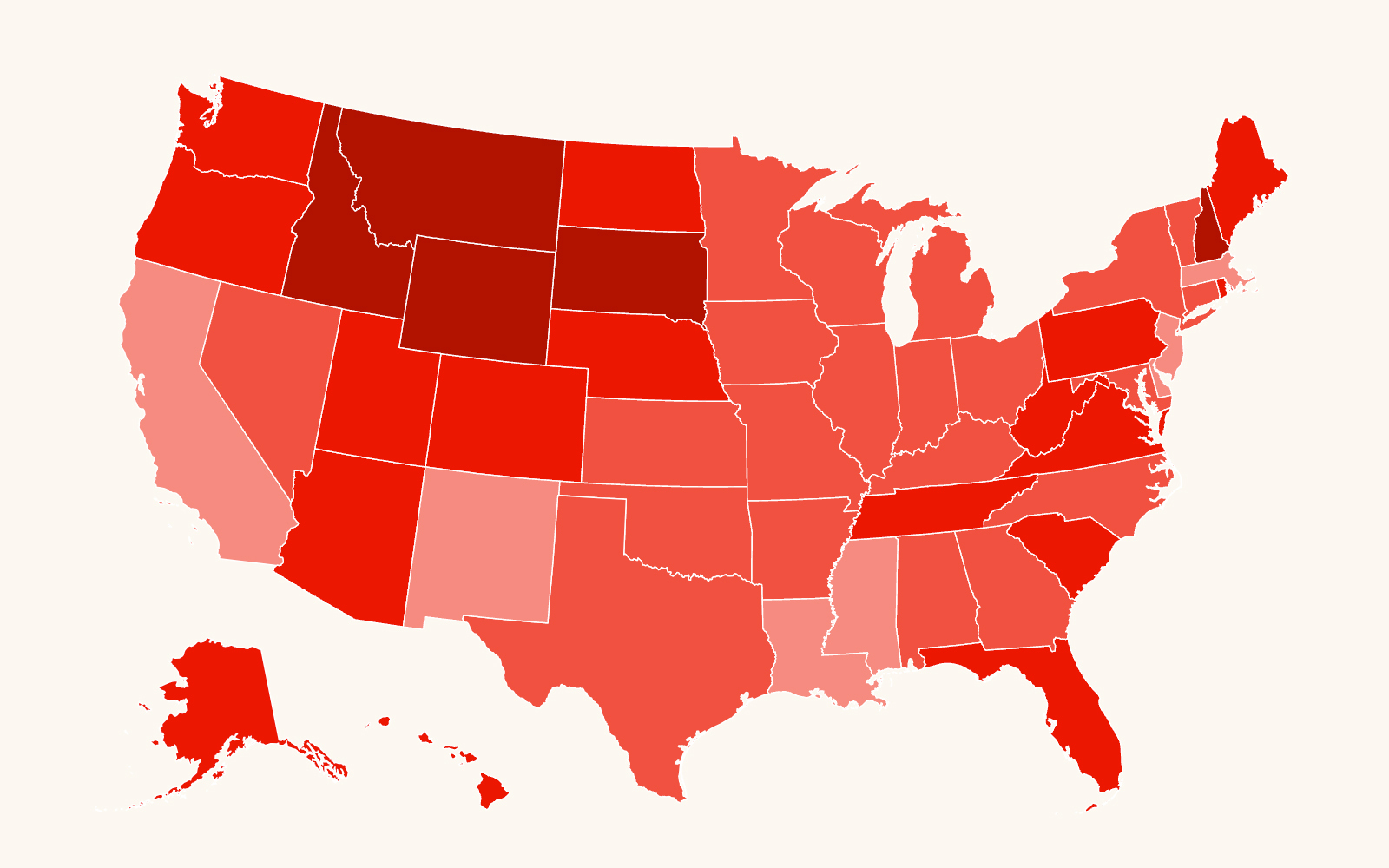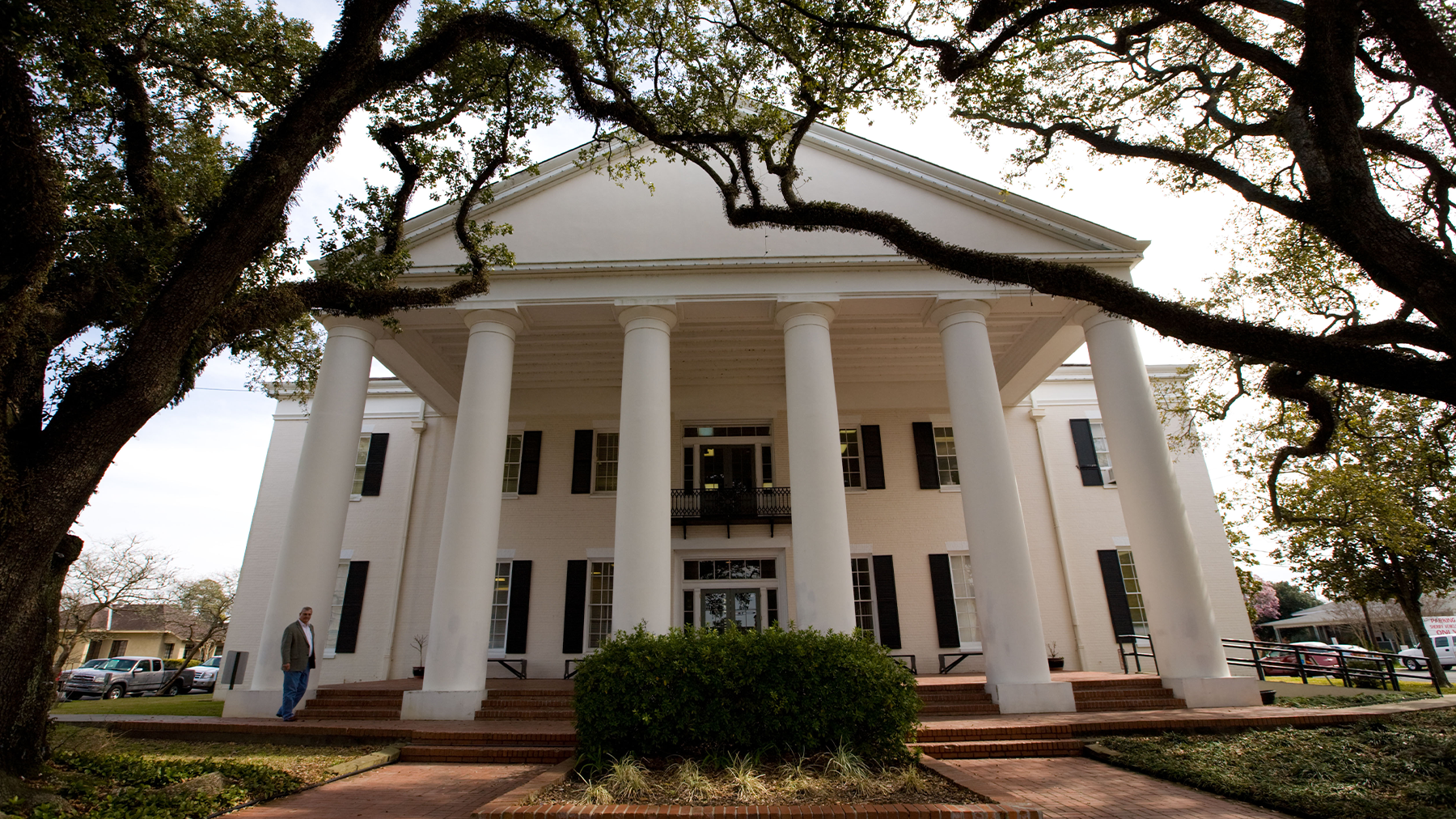Every 10 years, political bodies across the U.S. go through the process of reconciling population changes detected in the latest census with district maps that govern how voters elect public officials.
Sometimes populations grow in some districts and shrink in others as people take on new jobs, start new families or follow trends in migration. The reapportionment of districts is supposed to ensure that voters maintain equal power at the ballot box, regardless of where they live.
In Abbeville, Louisiana, voting rights advocates have spent years trying to get the City Council to redraw its districts to comply with the legal requirements of the Voting Rights Act of 1965 and the 14th Amendment. But that has not happened.
Instead, after the 2020 census, the city kept a map based on the 2010 census – when the Black population was just over 40% – that has just one Black-majority district out of four districts, even though Black people now make up nearly 43% of the city’s residents. During the same period, the white population fell from 53% to 49%.
In Abbeville, as elsewhere, the makeup of voting maps can have a very tangible impact on the lives of voters. Local officials determine everything from whether a street is paved to how far someone has to travel to visit a park or playground – and how well maintained those public works might be.
“There’s a complete difference or two different worlds in the city of Abbeville,” said Linda Cockrell, president of the Vermilion Parish NAACP chapter in Abbeville. “I was told that in the higher-up neighborhoods, city workers are in these neighborhoods at 3 or 4 o’clock in the morning washing down the roads, removing trash, and everything else.”
Frustrated by the city’s action, the NAACP chapter, represented by the Southern Poverty Law Center, has filed suit in federal court to force the city to adopt a more balanced voting map. The lawsuit cites the principle of “one person, one vote” that is laid out in the 14th Amendment and requires districts within a political subdivision to be roughly equal in population.
“Abbeville City Council’s decision to not reapportion following the 2020 U.S. census denies equal representation,” said SPLC Staff Attorney Ahmed Soussi, who filed the complaint in the U.S. District Court for the Western District of Louisiana on Oct. 17.“This is an abuse of power that undermines the voting rights of the residents of District B, including Vermilion NAACP members. We are suing to end this illegal and harmful practice.”
Failure to communicate
The suit follows years of discussions, hearings and outreach over two city administrations.
Reapportionment generally begins once the U.S. Census Bureau releases its block-level maps, which can be a year to 18 months after the national count is finished. Because of the COVID pandemic and the political disarray surrounding the presidential election, the 2020 effort faced some challenges.
After the city of Abbeville began its reapportionment process, it received a report from its demographic firm, Sellers and Associates, that laid out maps showing a population drop of more than 1,000 residents, from 12,257 in 2010 to 11,186 in 2020. Council members and then-Mayor Mark Piazza claimed the numbers were wrong because the census takers did not do a “good job.”
Instead of moving forward with the reapportionment process with a public comment period and adoption of new maps, the council stalled efforts until a year later. Last December, the council decided to use the existing map from 2010. Despite having no data to back up the claim, a representative of the Sellers demographic firm claimed that the 2020 census was not accurate.
Neither the council members nor the consultants said how many people the city may have lost or from which districts. The 2020 census data showed a deviation of 19% among some districts.
Throughout the years-long debate, members of the NAACP chapter had presented maps with districts that had little or no deviation in population. Additionally, the SPLC presented a map with a far less egregious 6% deviation.
And although current Mayor Roslyn White said the city was “potentially going to make a change,” that did not occur. It is also not the first time the city has been forced to reapportion due to deviations in the size of its council districts. In 2010, the council map showed a 50% deviation, making the city apply for preclearance of its 2010 map under the requirements of the Voting Rights Act in place at the time.
Racial gerrymandering
When most people think of voting district maps, the idea of gerrymandering – the process of drawing oddly shaped districts to create voting blocs that favor a particular candidate or party – is the first thing to come to mind. But there are other concerns addressed in federal voting law.
In this case, the lawsuit specifically cites the “one person, one vote” provision of the 14th Amendment. Under that clause, people in voting districts should have the same or at least similar voting power. To accomplish that, districts should have roughly the same population. Generally, anything over 10% is considered per se, or “in itself,” unlawful.
Because the City Council simply adopted its old map, a district with fewer people in Abbeville can still elect one council member and have the same representative voice as a person voting in a district with a larger population.
For example, under the current map, the median district size should be 2,797 residents. District B gained 10%, rising to 3,086 people, according to the 2020 census. District C, however, lost 9% of its population, dropping to 2,544. So theoretically the vote of a person in District C now carries more weight than one of a voter in District B.
The city has four council districts and one citywide at-large district, for a total of five council seats. Of those, District A and District C each saw losses between the 2010 and 2020 census while districts B and D saw increases. Both A and C are majority-white districts while District D is predominantly Black. In District B, the majority of voters (53.7%) are people of color, but the white population is within a few percentage points.
Overall, 38.5% of Abbeville’s voting-age residents are Black, as are nearly 43% of the residents overall. But those Black residents are mostly packed into one of four single-member council districts, District D, which has a 78.2% minority population. That leaves the others with majority-white or near-parity populations. The council also has a fifth member who is elected on an at-large basis.
Forcing the issue
SPLC lawyers have reached out to the city of Abbeville with offers to settle the claims without resorting to litigation. Those offers were roundly rejected.
“The council maintains the opinion that the current districts are substantially equal, and there was not substantial change requiring redistricting,” City Attorney Bart Broussard said in his response to the latest offer to settle the claim without litigation.
But his response does not address the fact that there is a discrepancy in the size of the districts that violates voting laws. It also does not address the challenges that Black voters already face, like access to polling places and efforts to limit the number of days early voting is allowed.
Cockrell said apathy among Black voters is part of the problem when it comes to overcoming racial gerrymandering. “There’s a lot of Black people that’s going around telling other Black folks, ‘What you want to vote for? You’re voting for nothing. You’re not gonna get nothing,’” she said.
One positive note was the election of Councilman at Large Carlton Campbell, which, along with District D Councilwoman Terry Broussard, gave the Black community two voices on the council. But having a voting minority elect a candidate of their choice for an at-large seat is not always a given.
“I would like to see two Black districts,” Cockrell said. “I would like to see the city look at every citizen the same regardless of their financial status. We have a lot of work that needs to be done.”
Photo at top: The Vermilion Parish Courthouse in Abbeville, Louisiana. (Credit: Philip Scalia/Alamy Stock Photo)



